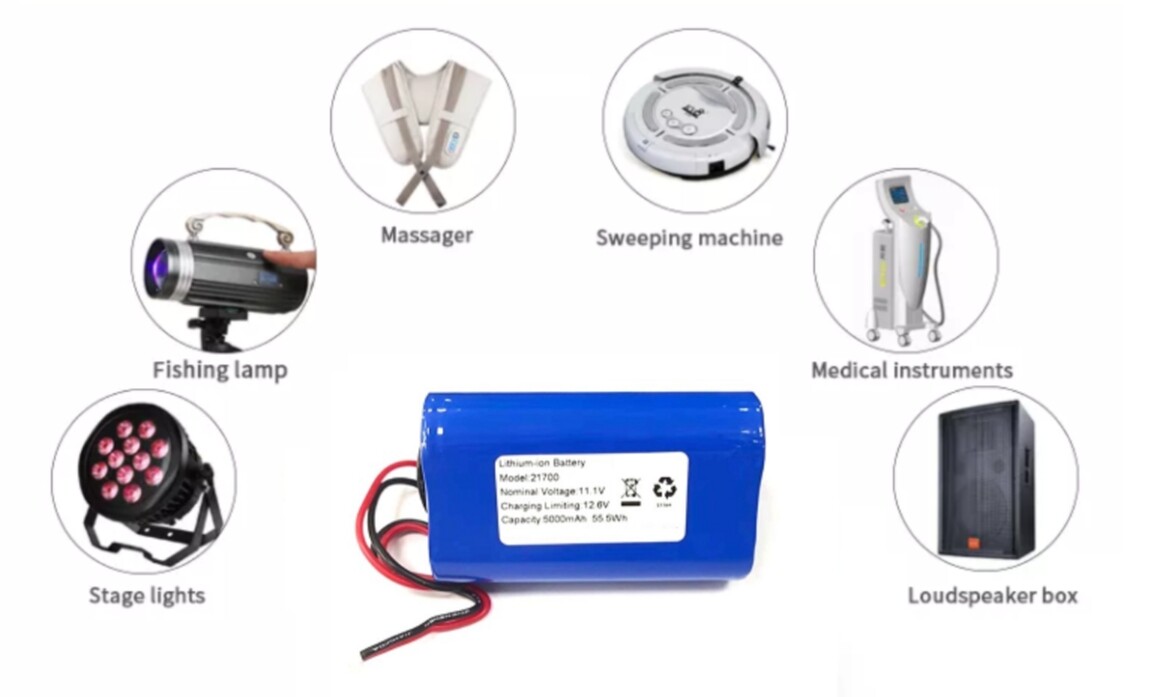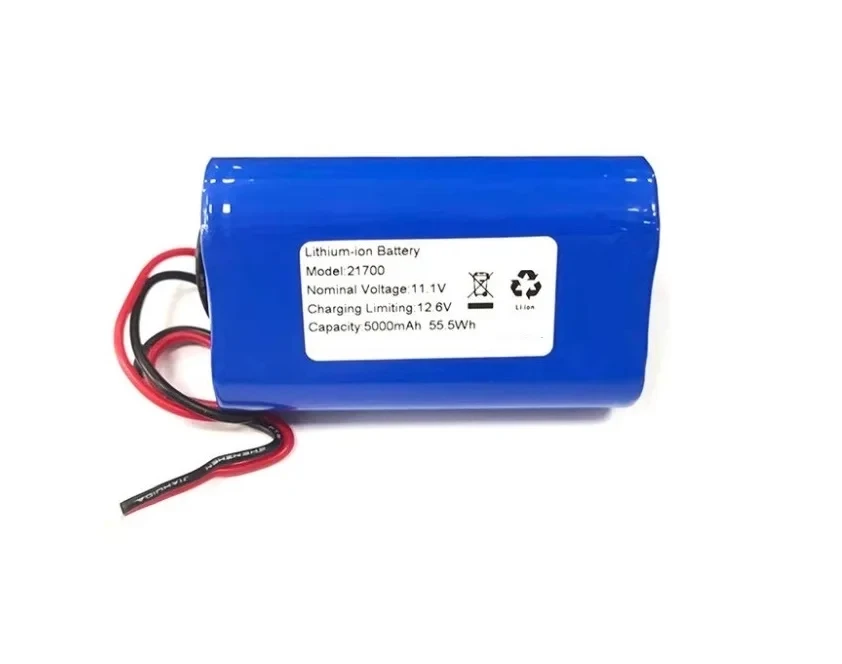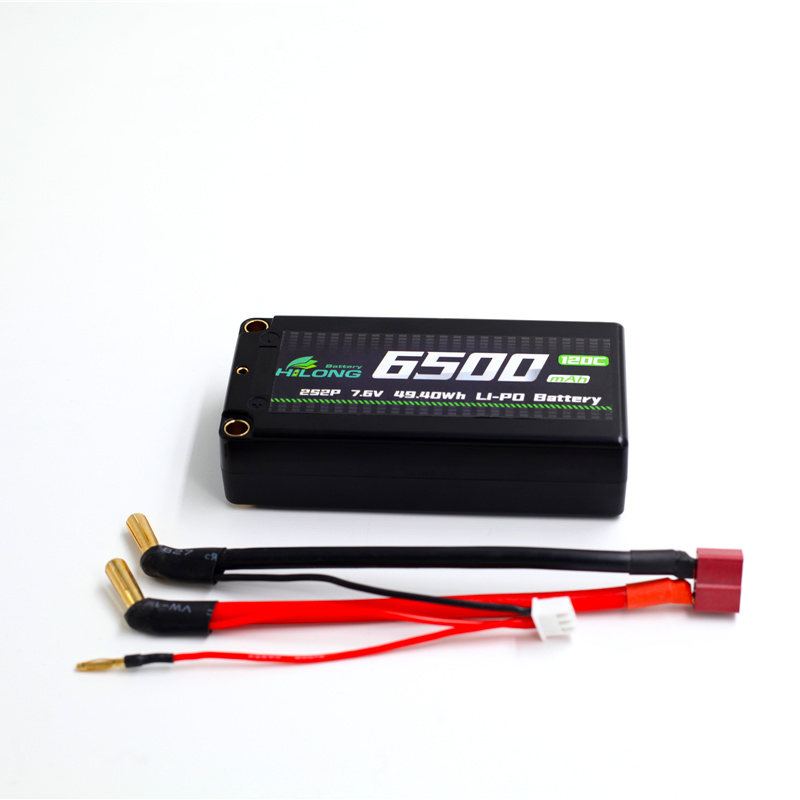In the rapidly evolving healthcare industry, the reliability and safety of medical equipment are paramount. At the heart of many medical devices lies a crucial component: the battery. Medical equipment batteries are specialized power sources designed to meet the stringent demands of healthcare applications, ensuring uninterrupted patient care and the smooth operation of vital medical devices.
Types of Medical Equipment Batteries
Medical equipment batteries come in various types, each suited to specific applications and requirements. Here are the most common types:
1. Lithium-Ion Batteries: Lithium-ion batteries are widely used in medical devices due to their high energy density, long lifespan, and lightweight design. They are commonly found in portable medical devices such as infusion pumps, defibrillators, and handheld diagnostic tools.
2. Nickel-Metal Hydride (NiMH) Batteries: NiMH batteries offer a good balance between performance and cost-effectiveness. They have a longer cycle life than many other rechargeable batteries and are often used in devices like anesthesia machines and surgical power tools.
3. Lead-acid batteries: Known for their ability to deliver high currents over short periods, lead-acid batteries are typically employed in emergency backup systems for critical equipment like ventilators or dialysis machines.
4. Lithium Polymer Batteries: Lithium polymer batteries are preferred for their safety, lightweight, and ability to be manufactured in various shapes. They are used in devices where form factor and weight are critical considerations.
Key Features of Medical Equipment Batteries
Medical equipment batteries are designed with several key features to ensure they meet the high standards required in healthcare settings:
1. Safety: Safety is the top priority for medical batteries. They must comply with stringent safety standards such as IEC 62133, UL 2054, and ISO 13485, which cover electrical, mechanical, and environmental safety requirements.
2. High Energy Density: Medical batteries need to store a significant amount of energy in a compact form to power devices for extended periods without frequent recharging.
3. Long Cycle Life: A long cycle life ensures that the battery can be charged and discharged many times without significant degradation, which is crucial for devices that are used frequently.
4. Temperature Tolerance: Medical batteries must operate reliably across a wide range of temperatures, from cold storage environments to the heat generated by continuous use.
5. Low Self-Discharge Rate: A low self-discharge rate ensures that the battery retains its charge over time, which is essential for devices that may not be used continuously but must be ready at a moment's notice.
Applications of Medical Equipment Batteries
Medical batteries power a wide range of devices, each with unique requirements:
1. Portable Medical Devices: Devices such as glucose monitors, blood pressure monitors, and portable oxygen concentrators rely on lightweight, high-capacity batteries to ensure mobility and ease of use.
2. Implantable Medical Devices: Implantable devices like pacemakers and neurostimulators require batteries with long lifespans and high reliability to function correctly over many years without replacement.
3. Emergency Backup Systems: Critical equipment such as ventilators and dialysis machines use lead-acid or lithium-ion batteries to provide reliable power during outages, ensuring continuous patient care.

Safety and Regulatory Considerations
The use of batteries in medical devices introduces several risks, including battery failure, overheating, and leakage. To mitigate these risks, medical batteries must adhere to strict regulatory standards:
1. IEC 62133: This standard covers the safety requirements for secondary cells and batteries containing alkaline or other non-acid electrolytes, ensuring they are safe for use in medical devices.
2. UL 2054: A widely used safety standard for household and commercial batteries, UL 2054 includes requirements for electrical, mechanical, environmental, and thermal safety.
3. ISO 13485: This standard ensures that the manufacturer has a quality management system in place to produce safe and reliable batteries, covering design, manufacturing, and servicing processes.
Market Trends and Future Outlook
The global medical batteries market is projected to grow significantly, driven by advancements in battery technology and the increasing demand for portable and implantable medical devices. Innovations such as wireless charging and smart battery management systems are expected to enhance the performance and reliability of medical batteries, further boosting market growth.
Conclusion
Medical equipment batteries are a critical component in the healthcare industry, powering a wide range of devices that ensure patient care and safety. By understanding the different types of batteries, their key features, and the regulatory standards they must meet, healthcare providers can make informed decisions to ensure the reliability and safety of their medical equipment. As technology continues to advance, the future of medical batteries looks promising, with innovations set to enhance their performance and expand their applications in the healthcare sector.
For more information on medical equipment batteries and to explore customized battery solutions, visit Hilong Battery Technology Co., Ltd, a leading provider of high-end rechargeable batteries.



.jpg)

